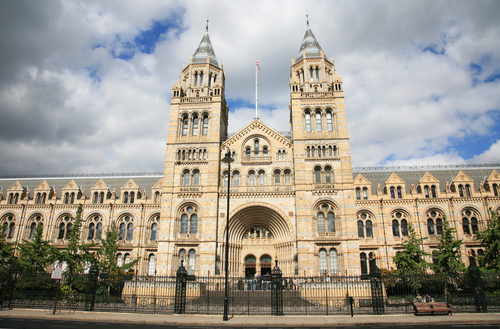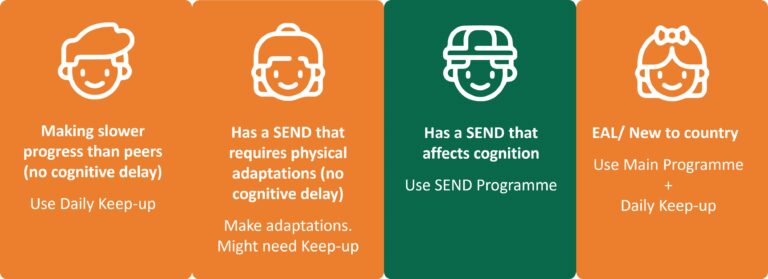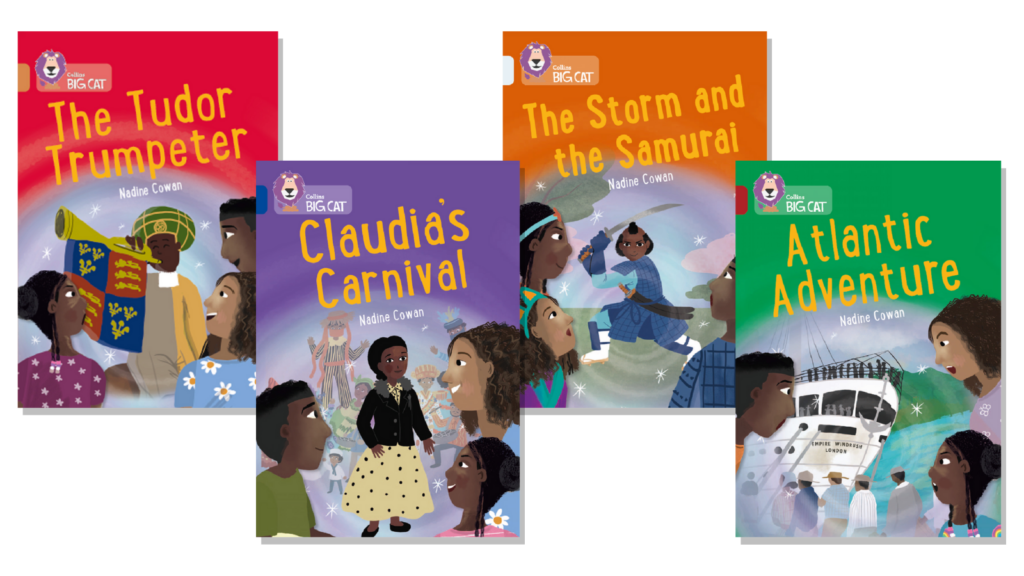We have museums for everything these days – in fact I was once told that Havana in Cuba has a different museum you can visit every day of the year. In the UK we are blessed with the Lawnmower Museum and the Pencil Museum amongst others but I doubt they’re as popular as the museums set up by our Victorian ancestors, the Natural History Museum, the Science Museum and the Victoria and Albert Museum – interestingly, the British Museum was founded almost a century earlier! Why do we have museums and do they have a place in a society where today we can look up everything online – even to the extent of enjoying a virtual tour of some museums. One of the best is that of the Smithsonian in the US. Take a look here… http://www.mnh.si.edu/vtp/1-desktop/
Activity: Why do we have museums?
Suitable for: Year 2 to Year 6
Learning Focus:
Be able to give a justified reason why we have museums
Be able to make comparisons with online versions
Begin with a question and answer session…
- Ask the class if they have been to a museum.
- Which ones did they visit and what did they see there?
- Was the museum interesting and how did it display its exhibits?
- Which is their favourite museum and why?
- Can they remember how the exhibits were labelled? Was it easy to understand? What information did they get from the labels?
If there are any who haven’t been to a museum, show them the virtual tour of the National Museum of Natural History (link above), alternatively, arrange a visit for the class to a local museum where those who’ve visited others can make comparisons. For the writing task for this activity, ask the pupils to imagine they are the curator of a new museum – it could be historical, natural, about a person or an object or an event. Ask them to write a letter to people they think could help get objects and information for the museum.
- Who would they write to?
- What things would they want to display in the museum?
Activity Two: The Greatest Museum – The Great Exhibition
One of the greatest museum exhibitions of all time was the temporary Great Exhibition of 1851 which, instead of being a museum celebrating things from the past, it celebrated things of the present and the future and was thought of as celebration of Britain’s position as head of the industrialised world and the world’s greatest empire. On show were goods and services from all parts of the empire and beyond, celebrating human ingenuity and creativity.
Suitable for: Year 2 to Year 6
Learning Focus:
Be able to explain why the Victorians set up the Great Exhibition
To understand the difference between a historical, cultural and scientific museum
Show the class pictures of the Great Exhibition and its venue, the Crystal Palace. Ask them how it compares to what they think of as a museum. What kinds of things do they see displayed in the pictures? Are they old or historical? The pupils should notice several artefacts and in doing some further research – Wikipedia has a useful entry at… https://en.wikipedia.org/wiki/The_Great_Exhibition they will see that most of the exhibits were of new inventions or wonders from the world of science and art. Ask them to say whether they think a museum which doesn’t exhibit old things is still a museum? Can they say why?
Activity Three: Creating Our Own Museums
Suitable for: Year 2 to Year 6
Learning Focus:
Be able to decide what should be put in their own museum
Be able to label exhibits for a museum with relevant detail
As an assessment of what the pupils have learned about museums, their purpose and layout, ask the pupils to make their own small museum which could ‘open’ in school. Ask them to choose artefacts from their own lives, label them with dates and information and think about how they could be displayed. Set them up in a secure place in school and invite other classes, or even parents, to come and learn about your class, their histories and interests.



